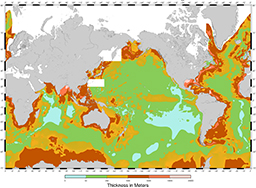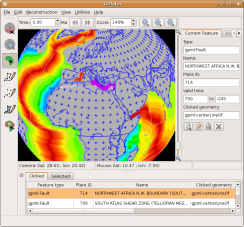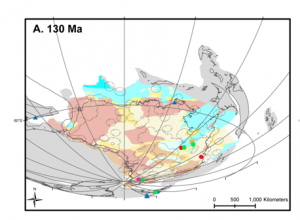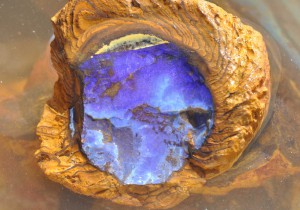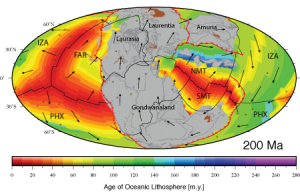![]() Citation
Citation
Shephard, G. E., Müller, R. D., & Seton, M. (2013). The tectonic evolution of the Arctic since Pangea breakup: Integrating constraints from surface geology and geophysics with mantle structure. Earth-Science Reviews, 124, 148-183. doi:10.1016/j.earscirev.2013.05.012
Summary
The tectonic evolution of the circum-Arctic, including the northern Pacific, Siberian and North American margins, since the Jurassic has been punctuated by the opening and closing of ocean basins, the accretion of autochthonous and allochthonous terranes and associated deformation. This complexity is expressed in the uncertainty of plate tectonic models of the region, with the time-dependent configurations and kinematic history remaining poorly understood. … Read more…

